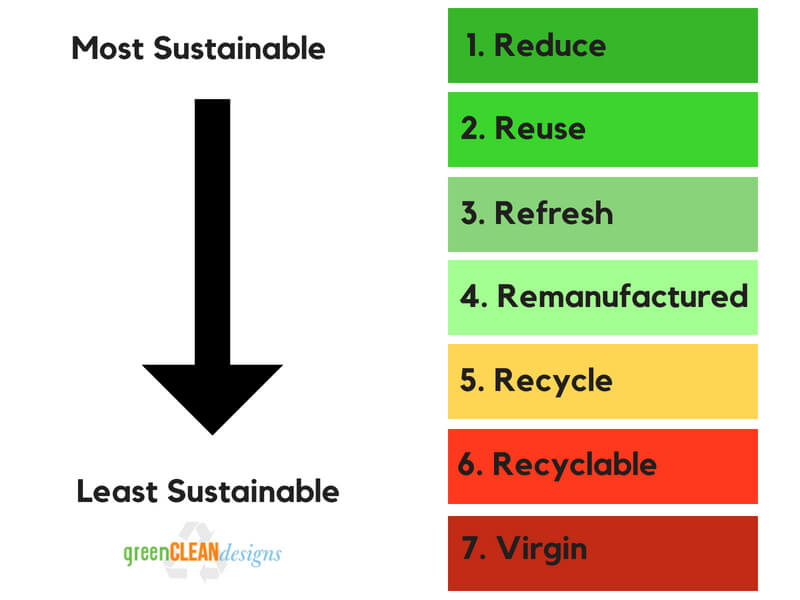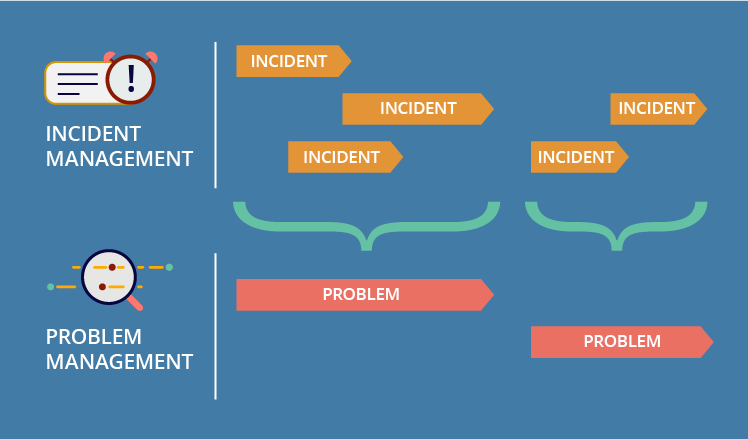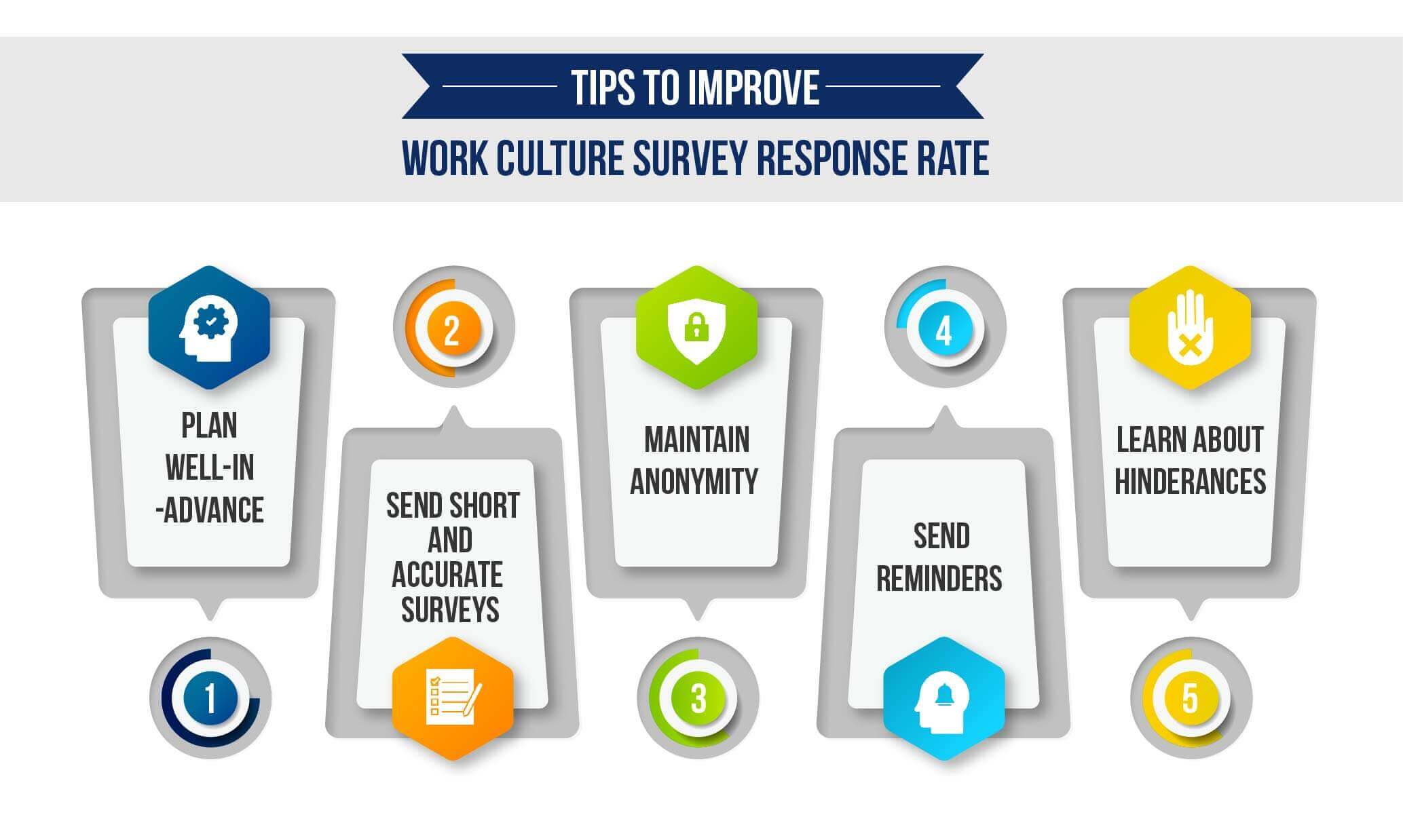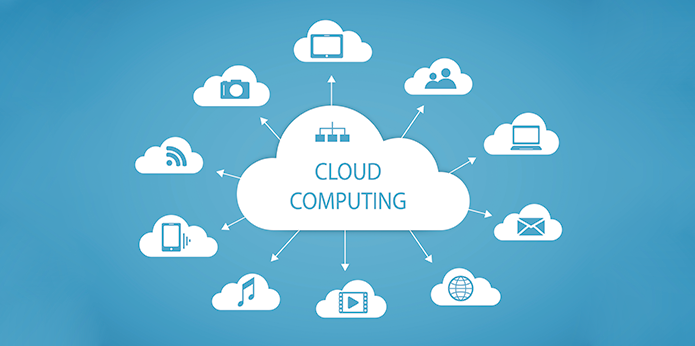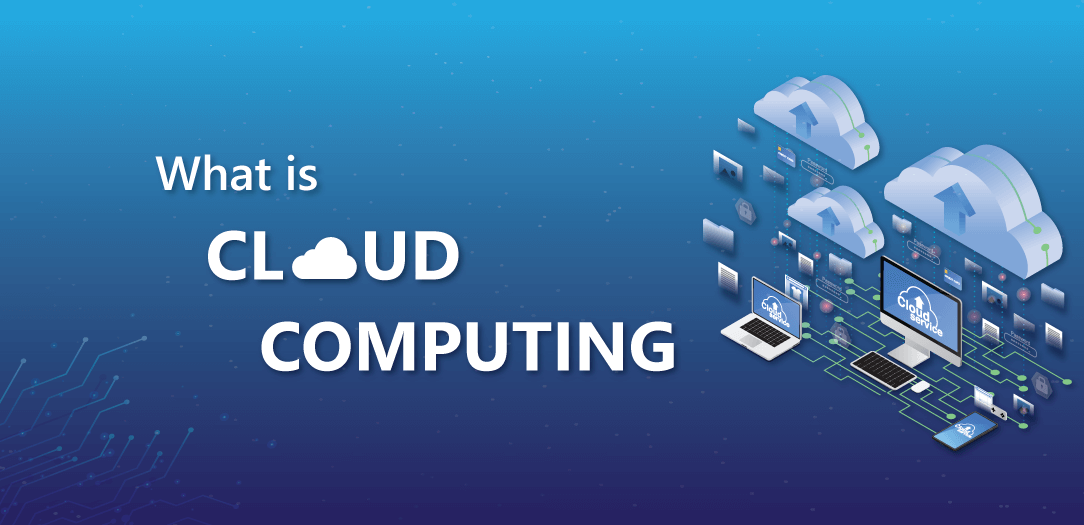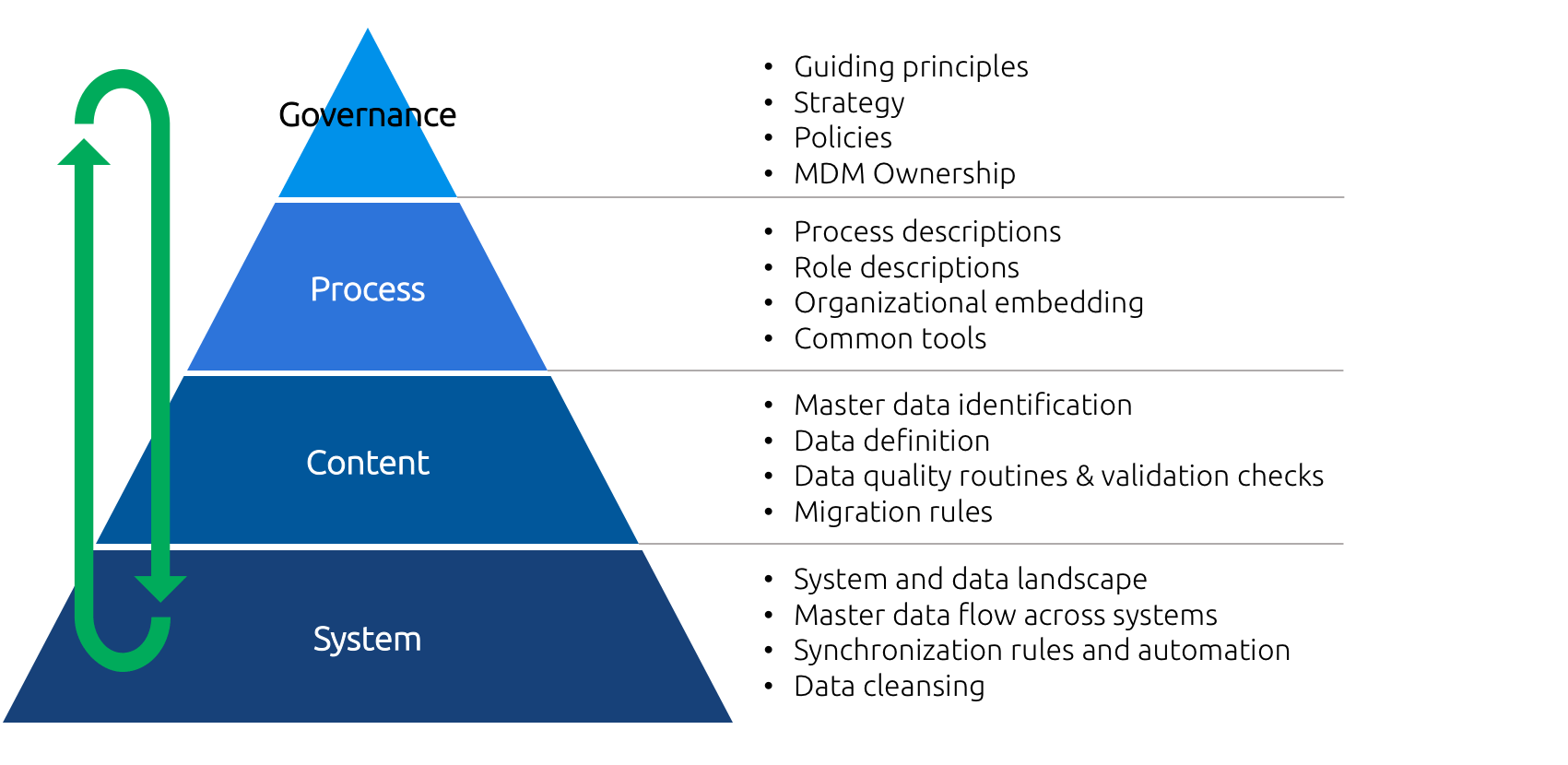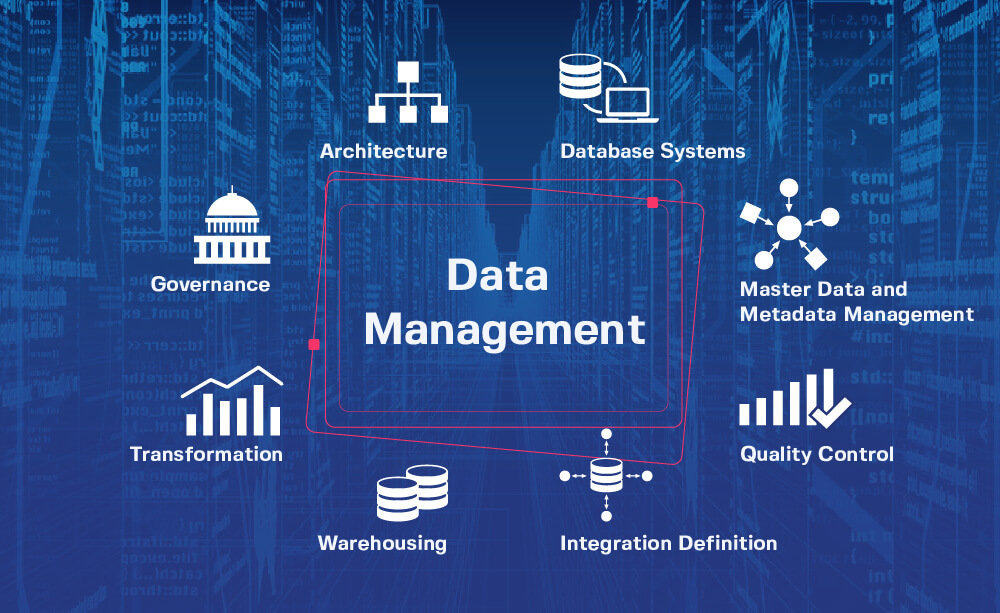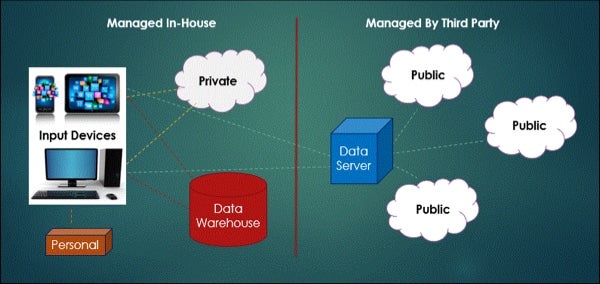What is Program Management. In practice and in its aims program management is often closely related to systems engineering industrial engineering change management and business transformation.
Program management is a strategic oversight function responsible for consistent delivery of large-scale initiatives.

Program management definition. Reprioritizing demoting promoting or adding projects to a program if necessary and adjusting timelines and stakeholder and staff expectations as needed. Program management is a strategic management approach to executing and controlling multiple related projects. In general program management involves much more of the big picture strategic corporate execution at a senior level with larger scale impact to company finances and business goal achievement.
Programs may include elements of related work outside scope of the discrete projects in the program. Project management sticks closer to. What is Program Management.
Programme management is the coordinated management of projects and business-as-usual activities to achieve beneficial change. In this article Ill give you a detailed rundown of the definition processes roles and responsibilities in program management. Project management involves the planning and organizing of a companys resources to move a specific task event or duty toward completion.
Programs are managed under program management which is defined as the centralized coordinated management of a program to achieve its strategic objectives. These initiatives involve multiple projects that all relate to each other and a program manager oversees the team of project managers working to get the individual projects off the ground. A program manager is a strategic project-management professional whose job is to help oversee and coordinate the various projects products and.
A group of related projects managed in a coordinated way to obtain benefits and control not available from managing them individually. A programme is a unique and transient strategic endeavour undertaken to achieve a beneficial change and incorporating a group of. LinkedIn with Background Education.
The Project Management Institute PMI defines program management as. Program management focuses on helping an organization reach its overarching business goals through ongoing strategic initiatives. Identifying potential risks business level program level and project level to the program and making timely adjustments and course-corrections if needed.
Program management or programme management is the process of managing several related projects often with the intention of improving an organizations performance. When you have multiple projects connected to each other you group them together and manage them as a whole. In a nutshell program management is the management of different but related projects.
However the Project Management Institute PMI defines it as a group of related projects managed in a coordinated manner to obtain benefits not available from managing them individually. The goal of program management is to drive benefits to the entire program by sharing resources costs and other project activities. In practice and in its aims it is often closely related to systems engineering and industrial engineering.
Programs consist of multiple individual projects which are typically managed discretely by project managers. What Does IT Program Management Mean. It is a collection all IT projects that are geared toward a common goal or objective and are managed through formal program management policies and procedures.
The program management definition varies according to the source. When you have multiple projects connected to each other you group them together and manage them as a whole program. Managing related projects simultaneously creates opportunity for synergies that would be elusive if one.
IT program management is the process of managing the development of multiple and related IT projects. Program management or programme management is the process of managing several related projects often with the intention of improving an organizations performance. You only manage the interrelated or similar projects as a group to accomplish the desired result.
In a nutshell program management is the management of different but related projects.


